 Yuri is a branch of manga that deals with girl romance. The genre was originally targeted toward girls, but there is a male-targeted branch as well.
Yuri is a branch of manga that deals with girl romance. The genre was originally targeted toward girls, but there is a male-targeted branch as well.
Yuri (which literally translates to “lily”) encompasses everything from hardcore sex to school girl crushes where hand-holding is as far as it goes. The genre traces its roots to the early 1900s with the works of Yoshiya Nobuko. Nobuko wrote the first Japanese lesbian literature just as interest in same-sex attraction began being studied in Japan. At the same time, the first all-girls school was founded. One event brought same-sex female relationships to Japanese attention: in 1911 two Niigata Prefecture school girls killed themselves because their love for each other was forbidden. It was the first recorded case of lesbian love suicide in Japan. Five years later, Nobuko wrote her best selling girls fiction, Flower Tales, that focused on girl romance.
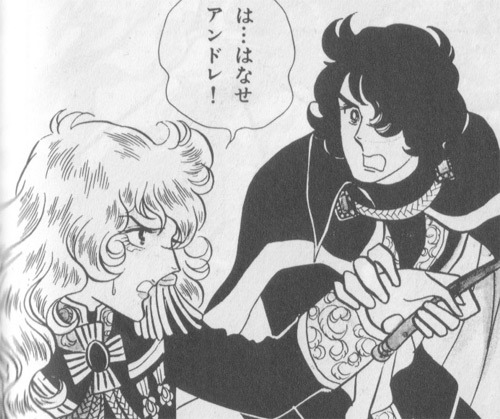 The first manga to feature elements which will become the mainstay of yuri was published in 1972: The Rose of Versailles. It was also the first manga that included yuri elements to be available in the US. It follows Oscar, a girl who dresses as a boy and leads Marie Antoinette’s palace guards. The manga can’t be classified as yuri, but it laid the foundation for the future of the genre.
The first manga to feature elements which will become the mainstay of yuri was published in 1972: The Rose of Versailles. It was also the first manga that included yuri elements to be available in the US. It follows Oscar, a girl who dresses as a boy and leads Marie Antoinette’s palace guards. The manga can’t be classified as yuri, but it laid the foundation for the future of the genre.
 Okay, let’s take a time out for a moment. Yuri isn’t considered homosexual literature in Japan. Japan has a strong stigma against homosexuality. Girl romance is even considered a normal thing school-girls do. Once a girl grows into womanhood she is supposed to leave such immature things behind. At the least, she can indulge memories and such feelings with manga (Mind you, this comes from my research and not my own views).
Okay, let’s take a time out for a moment. Yuri isn’t considered homosexual literature in Japan. Japan has a strong stigma against homosexuality. Girl romance is even considered a normal thing school-girls do. Once a girl grows into womanhood she is supposed to leave such immature things behind. At the least, she can indulge memories and such feelings with manga (Mind you, this comes from my research and not my own views).
Yuri falls into what is called tatemono honmono. The phrase refers to the space between how something appear and how it really is. Yuri appears to be lesbian literature, but in the Japanese sense it is just a fantasy world. This attitude is starting to change, but lesbianism isn’t something discussed in polite conversation.
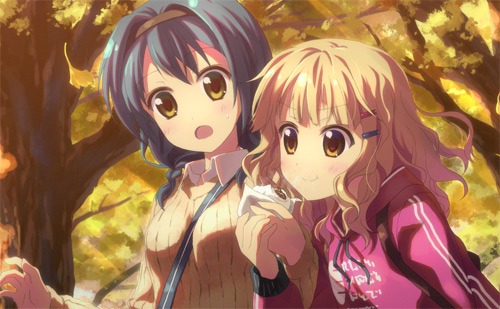 When it comes to relationships there are 2 categories that yuri (and yaoi for that matter) fall under. The first are “pure” love relationships; this is a passionate form of friendship. The other is ome no kankei; which is a more physical relationship. In the case of yuri, “pure” romance involves sisterly vows to be with each other until death. Ome relationships have a more negative view. They tend to involve one masculine woman taking control of the other woman. The lovers’ suicide of 1911 was thought to be a result of ome no kankei. Although, “pure” relationships are also recognized as having this danger. The girls’ suicide was simply used as a reason not to publish ome manga or pursue ome relationships.
When it comes to relationships there are 2 categories that yuri (and yaoi for that matter) fall under. The first are “pure” love relationships; this is a passionate form of friendship. The other is ome no kankei; which is a more physical relationship. In the case of yuri, “pure” romance involves sisterly vows to be with each other until death. Ome relationships have a more negative view. They tend to involve one masculine woman taking control of the other woman. The lovers’ suicide of 1911 was thought to be a result of ome no kankei. Although, “pure” relationships are also recognized as having this danger. The girls’ suicide was simply used as a reason not to publish ome manga or pursue ome relationships.
For both males and females, it was thought same-sex desire was a step in adolescence that ended “normally” with heterosexual desires. This is why yuri wasn’t considered lesbian literature. Rather, it is normal school girl behavior on the path of growing up.
 From the American perspective, lesbianism is more acceptable and even a bit of a fetish for males. Yuri geared toward guys plays into this. The ‘net is full of yuri images that seem more slanted toward straight male desires than female desire. These types of yuri stories and images fall into the ome category, “abnormal.”
From the American perspective, lesbianism is more acceptable and even a bit of a fetish for males. Yuri geared toward guys plays into this. The ‘net is full of yuri images that seem more slanted toward straight male desires than female desire. These types of yuri stories and images fall into the ome category, “abnormal.”
Yuri has helped girls that lean toward lesbianism come to terms with themselves. For many (perhaps most) readers, yuri is manga that features cute, touching love stories. Stories that can be freeing since they don’t deal with the usual heterosexual concerns and conventions.
References
Ryder, C. (2008). LOST IN TRANSLATION. Advocate, (1017), 49-53.
Suzuki, Michiko (2006). Writing Same-Sex Love: Sexology and Literary Representation in Yoshiya Nobuko’s Early Fiction. The Journal of Asian Studies. 65. p.575. doi:10.1017/S0021911806001148.
Yuri. Wikipedia. Retrieved from http://en.wikipedia.org/wiki/Yuri_(genre)
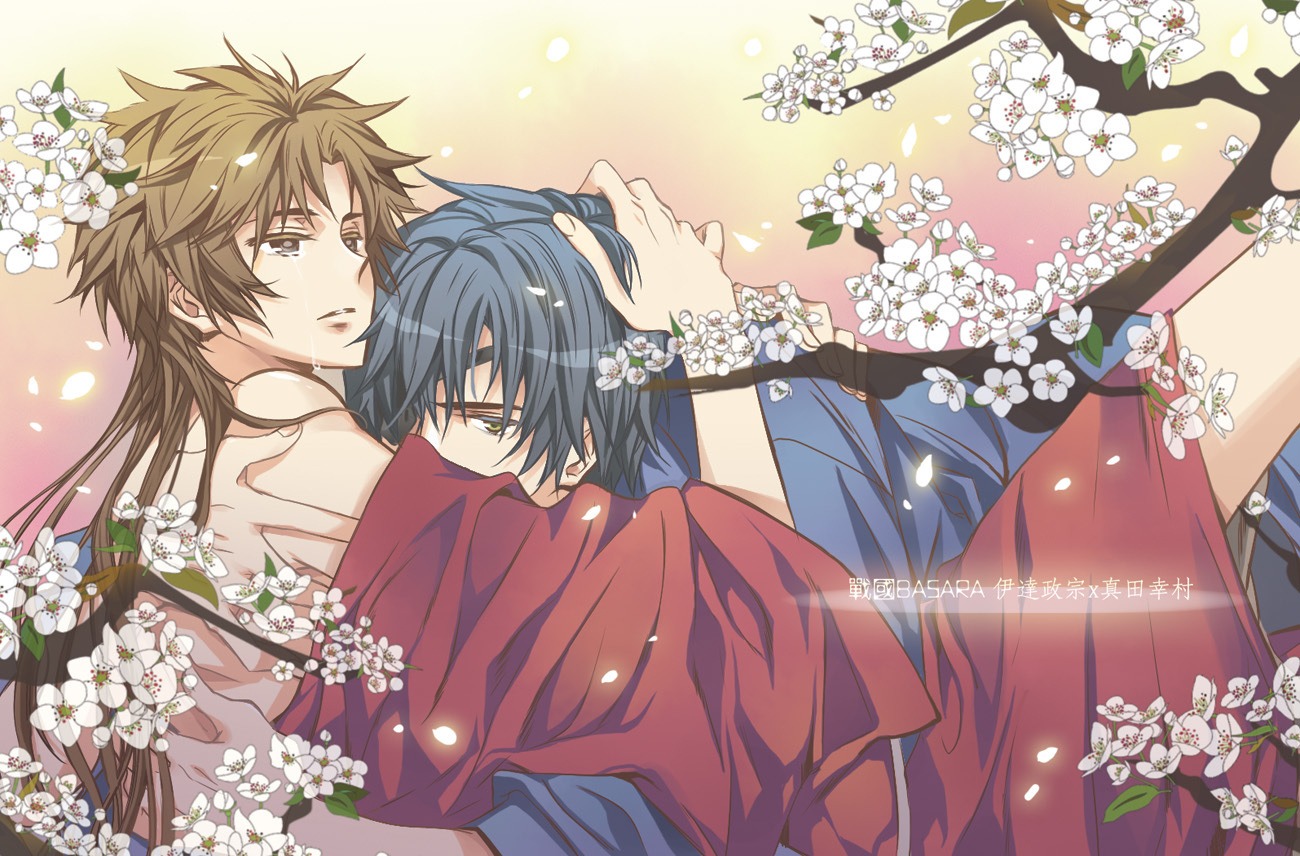
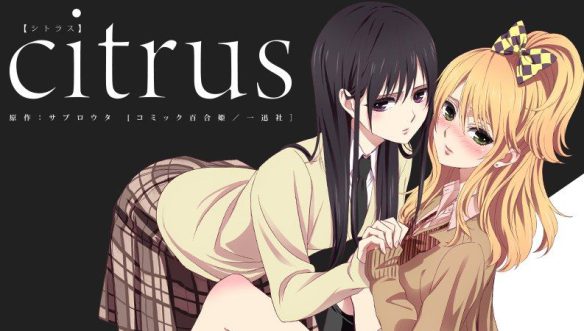
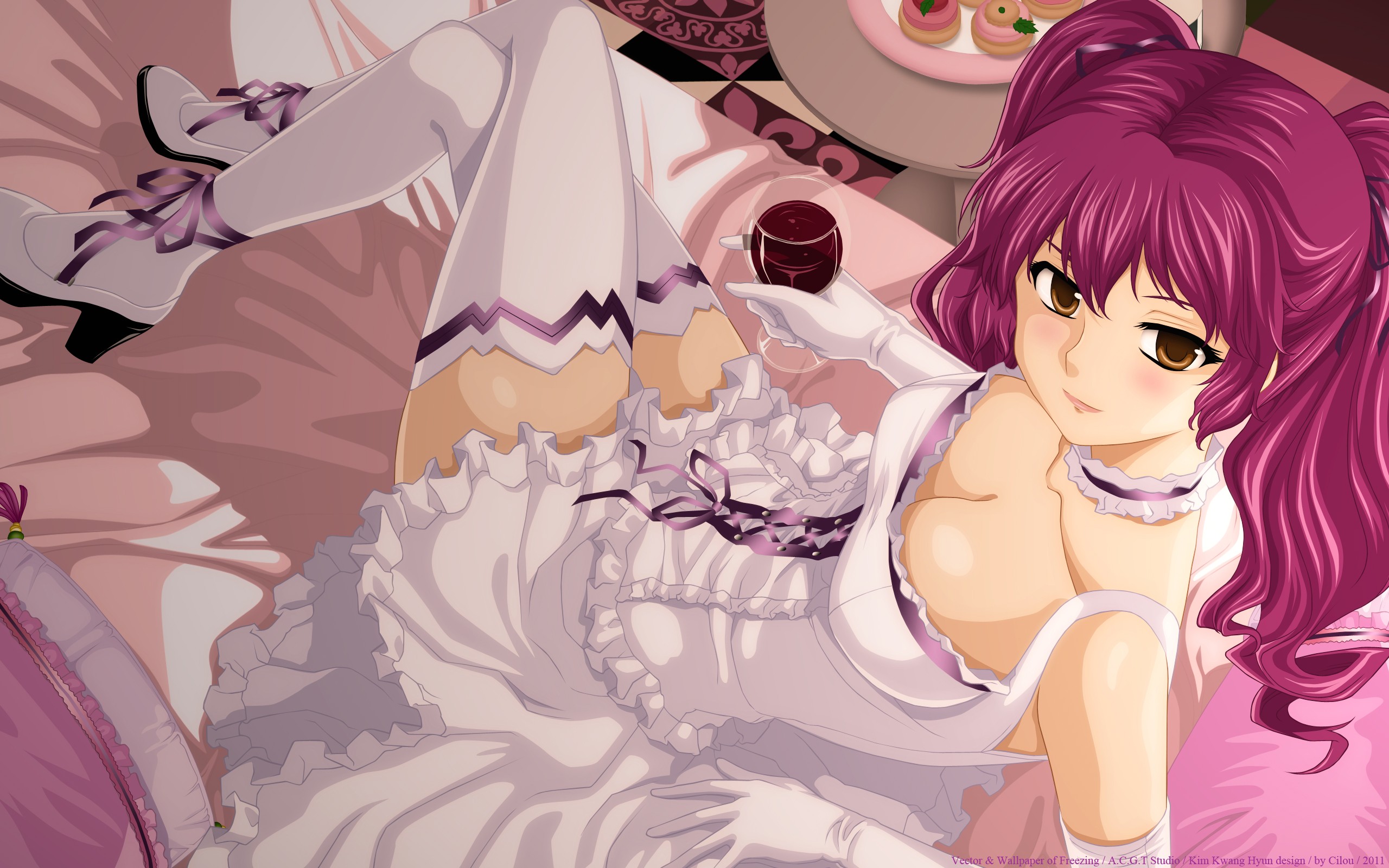



I came across this as one of those links below an article. Very interesting. Perceptions about lesbian couples have been changing lately in Japan… at least in Tokyo, where it’s tacitly accepted. But just last month, a Tokyo District Court ruling upheld the Japanese government ban on same-sex marriage.
Several years back, I wrote something about Akiko Yosano, a Japanese poet from the early 1900s who expressed a great deal of passion in much of writing. Her husband, Tekkan, also maintained a relationship with one of Akiko’s close friends, Tomiko Yamakawa, as well as with his former wife. Much is speculative, but the “white lily” in some of Akiko’s writings are thought to be references to Yamakawa, who died young of tuberculosis. So the passions expressed in many of her writings may not have been directed solely toward Tekkan. In the past, I suspect this was how many lesbian, or at least bi-sexual relationships were rendered acceptable via a male householder.
When I researched lesbians in Japanese history, the silence said much, especially during the Heian period. Considering how isolated many women were at that period, despite being landowners, I surmise relationships among the cloistered lilies was common even though it wasn’t accepted. The situation with same-sex relationships in Japan makes me think of Ancient Greece. It wasn’t considered an identity. Men liked other men (and boys) but this was akin to liking a certain type of food. Men were still expected to marry and procreate regardless of their food preferences. I read similar ideas in various Edo-period writings. The tangle of identity with sexual preference is a new idea in human history. So, the ruling shouldn’t come as a surprise in light of Japan’s long historical “food” perspective.
What you write about Tekkan aligns with what I observed in the silence of history since I first wrote that article. Do you think the male head-of-household would look the other way with lesbian relationships because they posed no true social threat?
Coming to this a few years late – came here to check because you were cited in http://www.themarysue.com/rethinking-yuri/, but, do you mean tatemae 建前 and honne 本音?
Just wanted to check what you meant if people are quoting you and getting bad info as a result.
I mean … There’s even a wikipedia article about it.
https://en.wikipedia.org/wiki/Honne_and_tatemae
Honmono tatemono just sounds like it means “real thing” and “building” .
Honmono tatemono comes from Ryder’s article “Lost in Translation”. She quotes Erica Friedman, the founder of one of the only all-yuri publishers. Here’s the full quote:
It is possible Ryder is incorrect with the terms. I am familiar with tatemae and honne, but the phrase Ryder reports has a slightly different emphasis than the private vs public honne and tatemae describe.
I’m glad you are checking up on me! I make mistakes when juggling research sometimes.
Hi Chris. I was wondering if the first picture is from a manga or not. Thanks.
Umm the first picture what manta is it from?
The very first image is from an image I found on a wallpaper website. The site didn’t provide any information as to where it was from. The next image is from The Rose of Versailles. Hopefully this answers your question!
I always hate this distinction between ‘pure’ romance and physical relationship, like the one should exclude the other. It’s only natural that romantic feelings lead to desire for the body… I wonder if that’s a christianic influence or perhaps a buddhistic one…
Likely it is a combination of influences. Most cultures tend to speak against the physical parts of a relationship or downplay them to keep promiscuity and other problems under control. That, and it is often an influence of patriarchal societies. Guys tend to be preoccupied about paternity; marriage was for the physical aspects of relationships which left the “pure” parts for true love. Of course, that is just my hypothesis.
Versailles no bara is not yuri, though. Yes, there’s the thing with Marie-Antoinette and Oscar, but Oscar’s romantic relationship is with Andre, a man. I think the manga you were thinking of was Oniisama e, by the same author, released in 1975. A bildungsroman for Nanako the heroine, Oniisama e actually has romantic relationships between the main female characters, including the heroine (Nanako develops a crush on Rei, Rei holds a tragic love for Fukiko who enjoys torturing her over it, and another character, Shinobu is all akogare over Kaoru).
I reviewed my resources, and you are correct. The Rose of Versailles was the first manga to feature yuri elements such as a female character in a male role with female suitors. It isn’t a true yuri focused story. I have made the corrections in the article. Thanks for the correction!